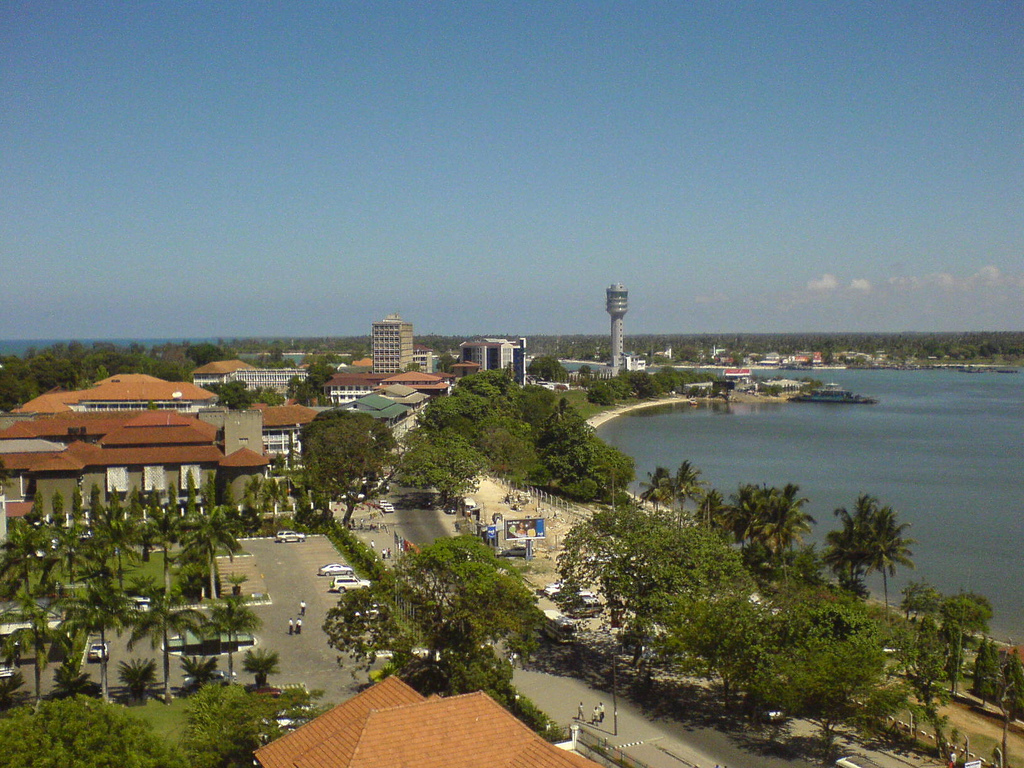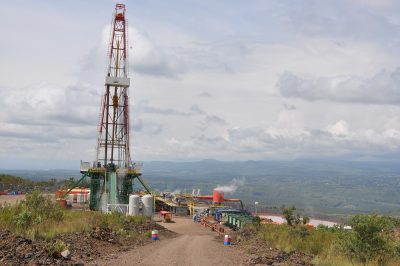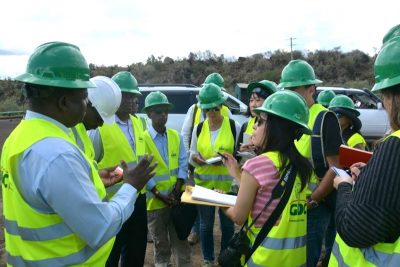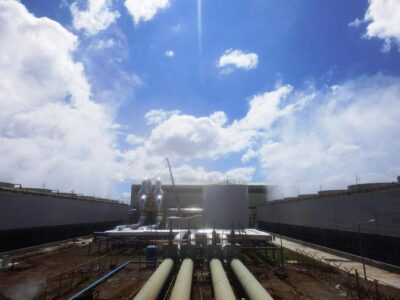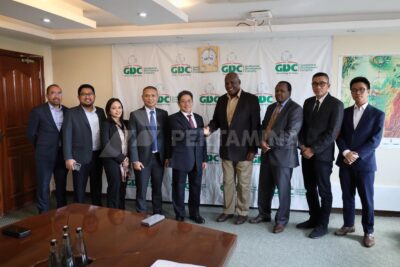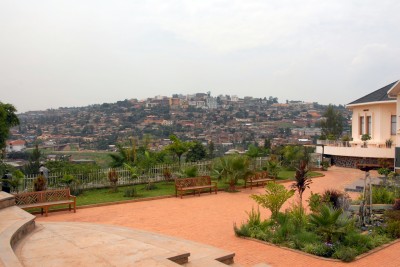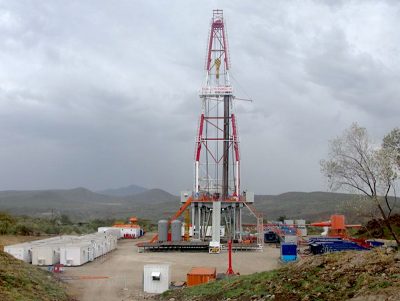Tanzania seeking foreign funding for geothermal
Tanzania has identified 52 sites with a geothermal potential of 650 MW that have not been fully exploited and the government is preparing a new geothermal regulatory framework to ease the investing process.
Local news report that Tanzania is seeking investors from overseas to work on the geothermal sector that that has the potential of generating over 5,000MW annually.
Many communities in the country particularly in rural areas are not connected to electricity, which is not only vital for household chores but also for agricultural activities and businesses.
This was revealed recently by Acting Assistant Commissioner for Renewable Energy in the ministry of Energy and Minerals Paul Kiwele at the stakeholders meeting on renewable energy industry.
“Investors keen to invest in Tanzania can consult the Tanzania Investment Centre (TIC), a one stop centre which coordinates and promotes investment for both local and foreign investors,” he said.
“I take this opportunity to welcome local and foreign investors to invest in the said sector because the potential is very high and right now we are still conducting studies and we are focusing on Songwe area, Mbeya Region,” he said.
Tanzania has the longest rift stretch in eastern Africa and has identified 52 sites with a geothermal potential of 650 MW that have not been fully exploited. It is however believed that the potentiality of geothermal power generation in the country can go up to 5,000MW annually.
Currently, much of the country relies more on thermal and water for power supply. Once the project is completed, it is expected that power tariff would go down by 20 percent.
Other areas of focus include Manyara, Lake Natron, Kisaki in Morogoro and Luthoi in Rufiji. He said Tanzania has decided to conduct research on this sector “so that we can get mixed sources of energy to curb electricity shortages in other areas across the country.”
Local and foreign investors are encouraged to develop renewable energy projects in Tanzania as well as invest in geothermal and wind because Tanzania has a huge geothermal energy resource potential which is yet to be tapped.
In a move to help investors operate their project in a conducive environment, the government is in the process of preparing geothermal regulatory framework that will guide and govern companies or investors investing in the sector.
Tanzania Geothermal Development Company has already given a mandate to deal with all issues relating to geothermal and once the regulatory framework is ready, the country will start to provide licenses for investment as well as ensure the sustainability of the geothermal sector.
“To meet these initiatives African Development Bank (ADB) through Scaling-up Renewable Energy-implementation Plan (SREP-IP) has agreed to provide funds to prepare legal and regulatory framework that will govern investors,” he noted.
“We express thanks to ADB for showing interest to support us so we can prepare regulatory framework because right now. We don’t have any regulatory framework that can guide or govern investors willing to engage in this sector,” he said.
“As government, we want to effectively utilise all potential sources of power available in the country, including geothermal,” he said.
He said in the past, geothermal was not their priority because there was a lot of water but now with the climate change, there’s shortage everywhere, “… that’s why we are focusing on geothermal investment to secure sustainable electricity supply for the country.”
He explained: “In the past years we did some studies on geothermal operation but the research findings didn’t work well because when we wanted to use the data, we identified some gaps.”
He acknowledged that Tanzania is endowed with enormous and diversified energy resources, enough to meet the entire short to long term electricity needs of the country.
“Despite its huge potential, only a small fraction of it has been exploited, he said. This is mainly due to various reasons ranging from technical, financial and structural which need to be overcome for smooth development of the country’s resource base,” he said.
According to data on geothermal development, historically, electricity production for the national grid system has been dominated by large hydropower schemes and fossil fueled plants.
Lessons learnt from recent persistent droughts and global fuel price hikes has taught us that other energy sources such as wind, coal, small hydro and geothermal are being considered in the planning for secure and sustainable electricity supply for the country.
As such, the current grid hydrothermal mix is 60 percent hydro and 40 percent thermal, with the intention to reach 39 percent hydro and 61 percent thermal by year 2031.
Source: The Guardian via IPP Media
